 Fierce competition by eastern Canada’s largest internet service providers are driving down prices across the Greater Toronto Area by as much as 45%.
Fierce competition by eastern Canada’s largest internet service providers are driving down prices across the Greater Toronto Area by as much as 45%.
Bell’s fiber to the home service, making its way across parts of the GTA, is now offering unlimited gigabit (1,000/940 Mbps) internet for $79.95 a month, a major drop from its original price of $149.95, if customers sign up before the end of July. Those signing up by July 7 can also get a $50 gift card.
Rogers, the country’s biggest cable company, has been pushing its own limited time promotional offer for its gigabit (1,000/30 Mbps) package, which is more widely available than Bell’s Fibe but also suffers from anemic upload speed. Rogers was selling the package for $152.99/month, but it’s now $79.99 for the first year. The offer is good throughout Ontario, New Brunswick, and Newfoundland.
The two telecom companies are trying to boost subscriber numbers during the slow summer months when quarterly financial reports can show a decrease in customers.
Canadians have generally had less access to gigabit speed plans than their American neighbors. Experts believe these companies are cutting prices to hook people on super-fast internet plans that will change consumer attitudes about gigabit speed from an unaffordable luxury into a necessity. Like Americans, Canadians are gravitating towards faster speed plans at an accelerating rate. They also continue to choose unlimited plans wherever available.
There are the usual terms and conditions in the fine print to consider:
Rogers: Offer available for a limited time to new Rogers internet subscribers within Rogers cable service area in Ontario (where technology permits). Subject to change without notice. Data usage subject to Rogers Terms of Service and Acceptable Use Policy. See rogers.com/terms for full details. Taxes extra. One-time activation fee of $14.95 and one-time installation fee (waived for Self-Install; Basic $49.99 or Professional $99.99) apply. Savings as compared to regular price for 12 months. Advertised regular price applies in month 13, subject to any applicable rate increases.
Speeds may vary with internet traffic, server gateway/router, computer (quality, location in the home, software and applications installed), home wiring, home network or other factors. See Acceptable Use Policy at rogers.com/terms. An Ethernet/wired connection and at least one additional wired or wireless connection are required to reach maximum download speeds of up to 1 Gbps for Rogers Ignite Gigabit Internet. Offer available until July 31, 2018 within Rogers cable service area (where technology permits) to new customers subscribing to Ignite Internet 60u or above.
 Bell: Offer ends on July 31, 2018. Available to new residential customers in Ontario, where access and technology permit. For certain offers, the customer must select e-billing and create a MyBell profile. Modem rental required; one-time modem rental fee waived for new customers. Subject to change without notice and cannot be combined with any other offer. Taxes extra. Other conditions apply, including minimum system requirements. Subject to compliance with the Bell Terms of service; bell.ca/agreements.. Speeds on the internet may vary with your configuration, internet traffic, server, environmental conditions, simultaneous use of Fibe TV (if applicable) or other factors; bell.ca/speedguide.
Bell: Offer ends on July 31, 2018. Available to new residential customers in Ontario, where access and technology permit. For certain offers, the customer must select e-billing and create a MyBell profile. Modem rental required; one-time modem rental fee waived for new customers. Subject to change without notice and cannot be combined with any other offer. Taxes extra. Other conditions apply, including minimum system requirements. Subject to compliance with the Bell Terms of service; bell.ca/agreements.. Speeds on the internet may vary with your configuration, internet traffic, server, environmental conditions, simultaneous use of Fibe TV (if applicable) or other factors; bell.ca/speedguide.
$50 gift card promotion: Offer ends on July 7, 2018. The selected internet tier must include unlimited usage. An unloaded gift card will be mailed after the customer maintains a continuous subscription to the same eligible Bell services and has an account in good standing for 60 days following the installation of all services. All services need to be activated by July 31, 2018. Not combinable with any other offers or promotions. Subject to change without notice. One gift card per account. When received, customer must register the gift card online at bellgiftcard.com to request loading of the amount. Allow 30 days for gift card to be loaded and ready to use. If you cancel your services before you activate your gift card, you will not be able to use your gift card. Gift card and use are subject to the card program. Other conditions apply; see bell.ca/fullinstall.


 Subscribe
Subscribe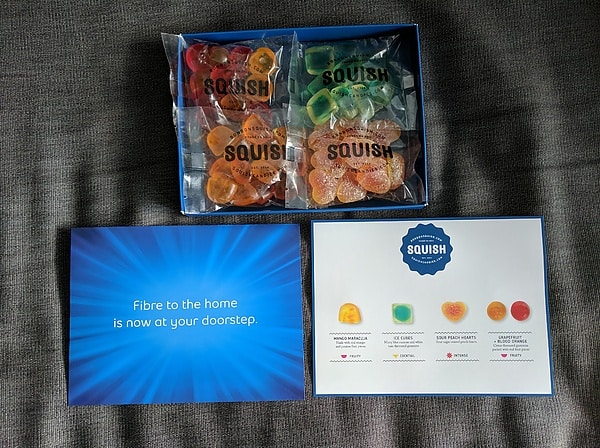
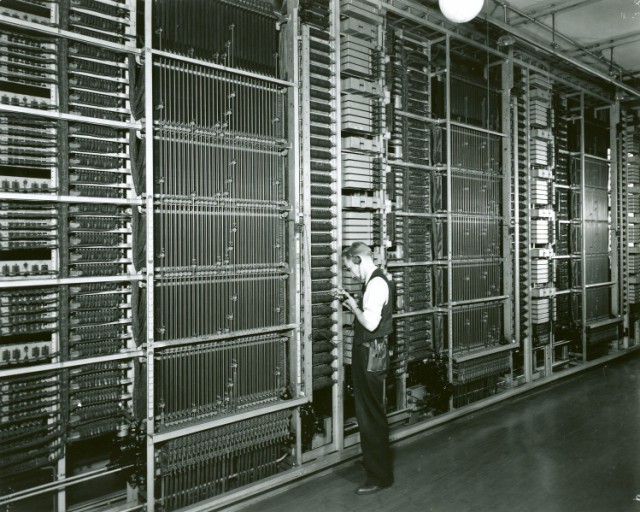

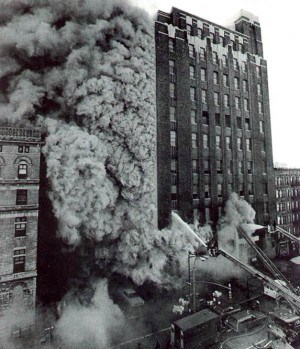
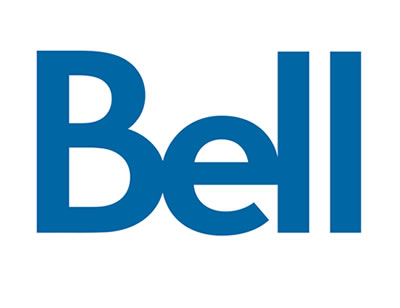 Bell Canada will invest $1.14 billion to bring gigabit fiber to the home service to more than one million homes and apartments in the Greater Toronto Area (GTA) over the next three years.
Bell Canada will invest $1.14 billion to bring gigabit fiber to the home service to more than one million homes and apartments in the Greater Toronto Area (GTA) over the next three years. Toronto will be the fastest broadband city in North, Central, and South America when Bell is finished laying 9,000 kilometers of fiber underground and on 80,000 Bell and Toronto Hydro utility poles. At least 27 Bell telephone exchanges will be fully upgraded to 100% fiber service, eliminating huge swaths of older copper wiring. At least 2,400 new jobs will be created, but Bell and Toronto city officials are convinced an all-fiber optic network will attract even more jobs and help broaden Toronto’s digital economy.
Toronto will be the fastest broadband city in North, Central, and South America when Bell is finished laying 9,000 kilometers of fiber underground and on 80,000 Bell and Toronto Hydro utility poles. At least 27 Bell telephone exchanges will be fully upgraded to 100% fiber service, eliminating huge swaths of older copper wiring. At least 2,400 new jobs will be created, but Bell and Toronto city officials are convinced an all-fiber optic network will attract even more jobs and help broaden Toronto’s digital economy.
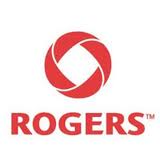 The banner usually disappears after the customer acknowledges receiving it. Stop the Cap! has learned the number directs callers to Rogers’ customer retention department where customers are pitched special discounts to change their mind. The prices are comparable, if not better, than new customer promotions found on Rogers’ website. Rogers is far less annoying than Comcast is when it faces losing a customer. If a customer rejects the offer (or never calls in to hear one), they are not bothered any longer and the representative thanks them for their time.
The banner usually disappears after the customer acknowledges receiving it. Stop the Cap! has learned the number directs callers to Rogers’ customer retention department where customers are pitched special discounts to change their mind. The prices are comparable, if not better, than new customer promotions found on Rogers’ website. Rogers is far less annoying than Comcast is when it faces losing a customer. If a customer rejects the offer (or never calls in to hear one), they are not bothered any longer and the representative thanks them for their time. This can knock your Rogers cable bill down to $46/month before GST and other taxes.
This can knock your Rogers cable bill down to $46/month before GST and other taxes.